← Illustrating Open-Source Posts | Musicology and LaTeX →
CC-BY Trolls
A presentation without images sucks. Therefore, we are sometimes tempted to take some from the Internet for beautifying our work. There are so many excellent pictures on the World Wide Web. But to legally inserting a foreign picture in one’s own presentation is not that easy. Unfortunately, a new type of troll has emerged recently, the image trolls.
If we reuse pictures from the Internet, we have to respect the copyrights of the painters or photographers, just as we have to pay license fees to the patent owners, if we use their techniques, or as we have to fulfill the license requirements if we reuse open-source software. Recently, a new type of troll has emerged, the ‘image troll’.[1] It is good to know how they work and how we can protect ourselves from falling victim to them:
Often, free pictures are released under one of the Creative-Commons Licenses. They are similar to Open-Source Licenses: both follow the principle ‘Paying by Doing’. Instead of paying for getting the right to use licensed objects, you have to do something. Which rights you get and what you have to do depends on the license. There exists a complex system of creative commons licenses[2], but nearly all of them have a ‘BY’ clause indicating, that you must give the photographer’s name, state the license version, and include a link to download the image and a link to download the license text.[3]
These BY-conditions are – as the discoverer of the image trolls said – “[…] easy to get wrong”.[4] That’s the one ingredient an image troll needs: the easier it is to miss the conditions, the more potential victims he has.
The second ingredient is, that earlier versions of the CC-licenses – like the license CC-BY 2.0 or the license CC-BY 3.0 – contain a “Termination” clause: “This License and the rights granted hereunder will terminate automatically upon any breach by You of the terms of this License.”[5] The meaning of this clause is, that you ‘lose’ the rights of use the moment you fail to fulfill a condition.
One can recognize the explosiveness of such a clause from the fact that the license CC-BY 4.0 also contains a termination clause, but additionally provides the possibility to heal a violation: It says that the terminated rights “[…] reinstates automatically as of the date the violation is cured, provided it is cured within 30 days of Your discovery of the violation […]”.[6]
As a third ingredient an ‘image troll’ needs a method to automatically find the users of his pictures and to analyze whether he failed to fulfill the requirements. The automated search for similar images on the Internet is now a very well-established technique
The fourth ingredient an ‘image troll’ needs is a legal system granting him large compensation payments for rights violations – just as it is done in the USA.
So, how does an image troll work? He only must create nice pictures and publish them in a well-used image database under any CC license with a termination clause – and the “honeypot” is set up. After that, he must automatically crawl the internet for his pictures and analyze whether his conditions have been fulfilled. If not, he can file a lawsuit against the respective user – his next victim. And at least in the USA, we talk about “statutory damages” up to $150.000.[7]
What can we do to protect ourselves from such attacks, which are legal but at the very least go against the spirit of free software and documents?
- The best method to protect your self is a) to perfectly know under which terms the pictures you are going to reuse are licensed, and b) to thoroughly fulfill all license requirements.
- A good method is to focus on CC0 licensed pictures[8] as – for example – offered by pxhere.com[9]: a license, which does not require anything, cannot be misused to file a lawsuit against you.
- Another good method is to focus on CC-BY-xyz 4.0 licensed pictures.[A] While you must also thoroughly comply with all licensing requirements, at least you have a chance to iron out your mistakes.
- If you want to use CC-BY-xyz 3.0 or earlier licensed pictures, you should read and apply the license text, not only the summaries, offered by creative commons.
But ignoring image copyrights altogether and just grabbing off the internet what you think you need is the most certain way to get caught up in a lawsuit – just as using Open Source Software without fulfilling the license requirements or using patented techniques without paying the license fees.
Footnotes:
- [1], [4], [7]: cf. https://doctorow.medium.com/a-bug-in-early-creative-commons-licenses-has-enabled-a-new-breed-of-superpredator-5f6360713299. This article reports on aspects that Cory Doctorow has outlined first. He talks about ‘copyleft trolls’ probably for indicating, that other than pictures can be used to establish such an attack. But I think that using pictures inadequately is the most danger.
- [2]: cf. https://creativecommons.org/about/cclicenses/
- [3]: cf. https://creativecommons.org/licenses/by/4.0/legalcode, Section 3 Attribution. It is worth to know the CC organization provide summaries that condense these conditions to the one sentence ‘Credit must be given to the creator’ (cf. https://creativecommons.org/licenses/by/3.0/). Hence, you are not free to acknowledge the author just as you want.
- [5]: cf. https://creativecommons.org/licenses/by/2.0/legalcode or https://creativecommons.org/licenses/by/3.0/legalcode
- [6]: cf. https://creativecommons.org/licenses/by/4.0/legalcode
- [8]: cf. https://creativecommons.org/publicdomain/zero/1.0/
- [9]: cf. https://pxhere.com/en/license
- [A]: cf. https://creativecommons.org/licenses/by/4.0
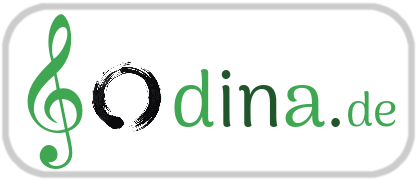
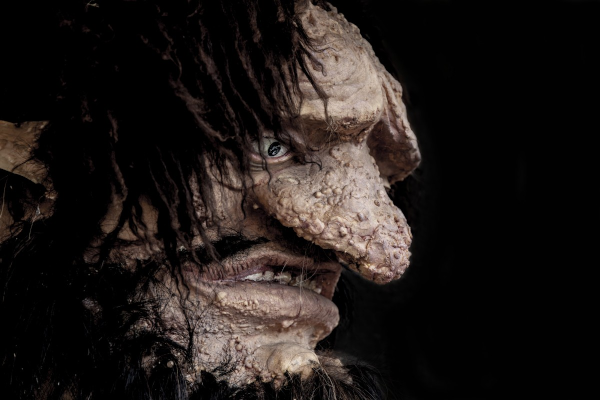
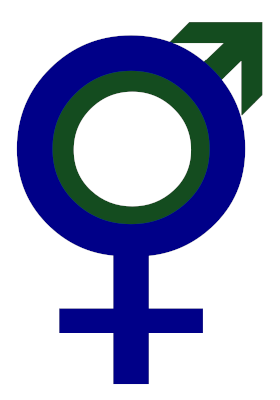
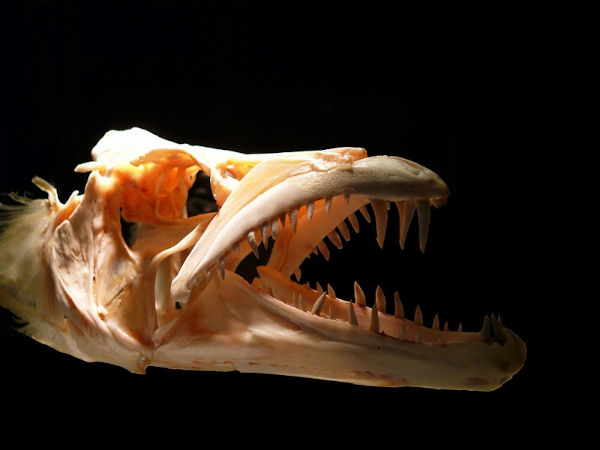
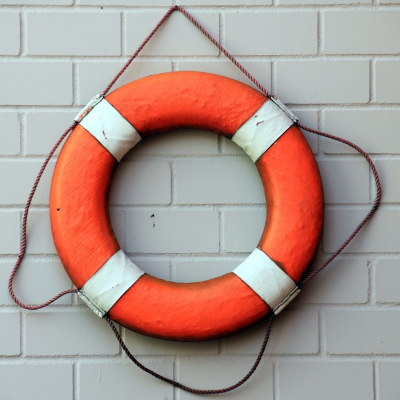
1 annotation for “CC-BY Trolls”